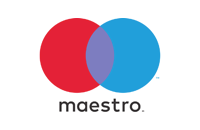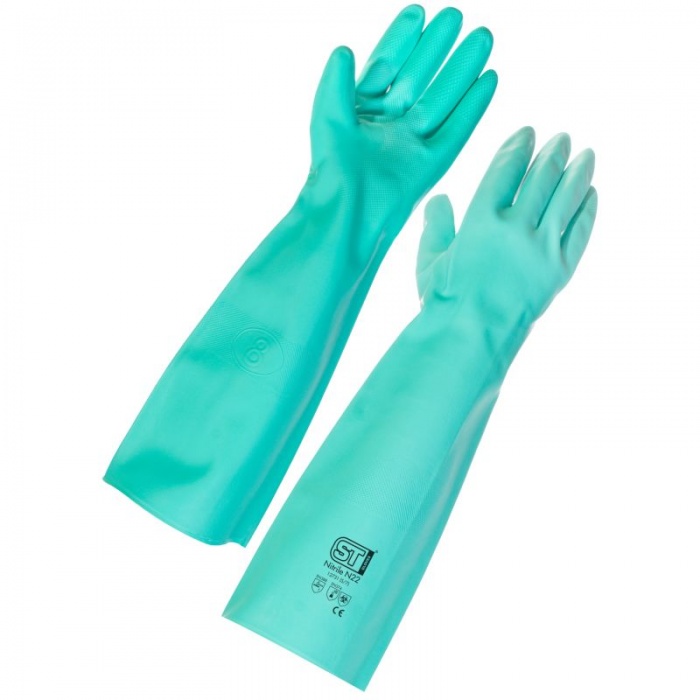Supertouch 1273 Nitrile N22 Chemical Resistant Gloves
Chemical resistant and approved for safe contact with food, the Supertouch 1273 Nitrile N22 Chemical Resistant Gloves are ideal for applications in food processing. Their nitrile exterior protects against water, chemicals and contamination, while their extra long cuff ensures not only your hands but lower arms are protected.
Purchase Quantity
The Supertouch 1273 Nitrile N22 Chemical Resistant Gloves are supplied as a pair of gloves.
Sizing Information
These gloves are available in three different size. You can measure the length and circumference of your hand to check which will fit you best.

| Glove Size | Palm Circumference (mm) | Palm Length (mm) |
| Size 8 (Medium) | 203mm | 182mm |
| Size 9 (Large) | 229mm | 192mm |
| Size 10 (Extra Large) | 254mm | 204mm |
How Do the Nitrile N22 Chemical Resistant Gloves Protect Your Hands?
These gloves offer protection against a range of potentially harmful chemicals, including some acids. They have good abrasion resistance, making them suitable for handling coarse kitchen tools and also feature 45cm cuffs that shield the lower forearms from dirt and contamination.
Performance Ratings
EN 388 (Protection Against Mechanical Risks)
| Test | Result |
| Abrasion | Level 3 |
| Cut | Level 1 |
| Tear | N/A |
| Puncture | Level 2 |
Read our guide to EN 388 for more information.
EN 374-1:2016 (Chemical Resistance)
| Chemical | Permeation Level |
| Methanol | Level 3 |
| n-Heptane | Level 6 |
| Sodium Hydroxide (40%) | Level 6 |
| Sulphuric Acid (96%) | Level 4 |
| Ammonium Hydroxide (25%) | Level 6 |
| Formaldehyde (37%) | Level 6 |
- EN 374-5:2016 (Resistance to Microorganisms)
- EN 1186 (Food Safe)
Key Features and Benefits
- Protects against a variety of chemicals
- Offers good abrasion resistance
- Textured palms provide grip in wet or dry conditions
- Extra long 45cm design protects lower arms
- Feature 22mil NBR thickness
Who Can Use the Supertouch 1273 Gloves?
Waterproof, chemical resistant and approved for safe contact with food, these gloves are perfect for food processing applications. However, they can also be used in most other industries where protection from water, chemicals or contaminants is required. Some of these include:
Additional Documentation







